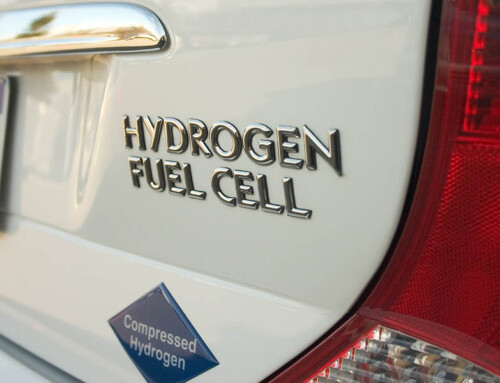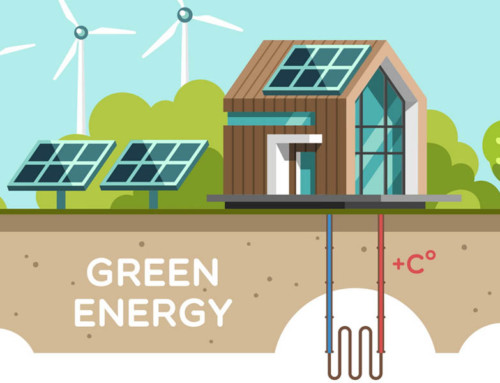Current efforts to reverse climate change and avoid further environmental consequences are failing. Recent developments are not harnessing renewable resources rapidly enough to achieve the changes that are required to stop global warming. Although the leaders of the “G-7” (the seven developed nations with the largest economies) recently announced that their countries would adopt 100% renewable portfolio standards, five of the seven countries have actually increased their use of fossil fuels in the past few years, so most of the G-7 are still going in the wrong direction, as is most of the rest of the world. Moreover, most of the renewable resources that have been developed in recent years are intermittent, and therefore cause imbalances in the electricity grid. A recent study discovered that California, one of the leading states in using renewable power, will still be using natural gas to generate electricity in 2050, and because it uses a lot of intermittent renewable energy, it will require huge amounts of storage to balance its grid. Germany, one of the countries with the highest usage of renewables, is also encountering the balancing problem and is reverting to burning more coal. Balancing the grid will require standby capacity that is always available. Geothermal energy provides baseload generation of electricity with a capacity factor of 92%, which is higher than any other form of generation and makes it an excellent source of balancing. In addition, geothermal energy is largely immune to the effects of climate change, so its capacity will be increasingly important for balancing the grid as climate change intensifies and intermittent renewables become less reliable.
In addition to balancing the grid, more renewable resources will be needed to replace the use of fossil fuels for transportation and for heating. The use of transportation fuels creates more greenhouse gas in California than the generation of electricity. Hydrogen can replace fossil fuels, but most hydrogen is currently produced using fossil fuels, which creates greenhouse gases. This is avoided by using electrolysis, and it is more efficient when done at high temperatures. When the geothermal energy is not needed for balancing, most of it will be used for electrolysis to create the inventories of hydrogen needed in the transportation sector. When the grid needs balancing, the amount of electrolysis can be reduced in seconds and the power sent to the grid. The flexibility to respond to both the need for balancing and the need for hydrogen fuel is accomplished by the combination of a generator that uses high-temperature geothermal resources with electrolysis that uses water heated by such geothermal resources to produce hydrogen using electricity from the generator.
The need for balancing and for a replacement for fossil fuels can both be met by high-temperature geothermal resources. Geothermal capacity can balance the grid. Moreover, by using both existing resources such as the Salton Sea and new high-enthalpy resources, including the mid-ocean rift zone, which stretches for 65,000 kilometers around the world, and other geothermal resources in the ocean floor, geothermal will provide the additional renewable energy needed to replace fossil fuels for transportation. Most important, geothermal energy has and will have, for the near term and into the future, a lower levelized cost of electricity than any other form of generation. Geothermal will be less expensive than fossil fuels and all other forms of energy, thus solving both the need for balancing and the need for clean transportation fuels, all at a lower overall cost, around the world. With a foundation of baseload, high-enthalpy geothermal energy and supercritical electrolysis, all renewable resources can work together to advance, and replace fossil fuels in transportation as well as in electricity, more quickly and flexibly.
Share This Story, Choose Your Platform!
You can show our scientists that you care. Please support our work financially. Even the cost of a cup of coffee is a huge help. OGEF is a non-profit 501c3, check with your tax adviser about a tax deduction.







